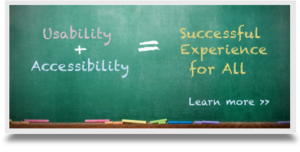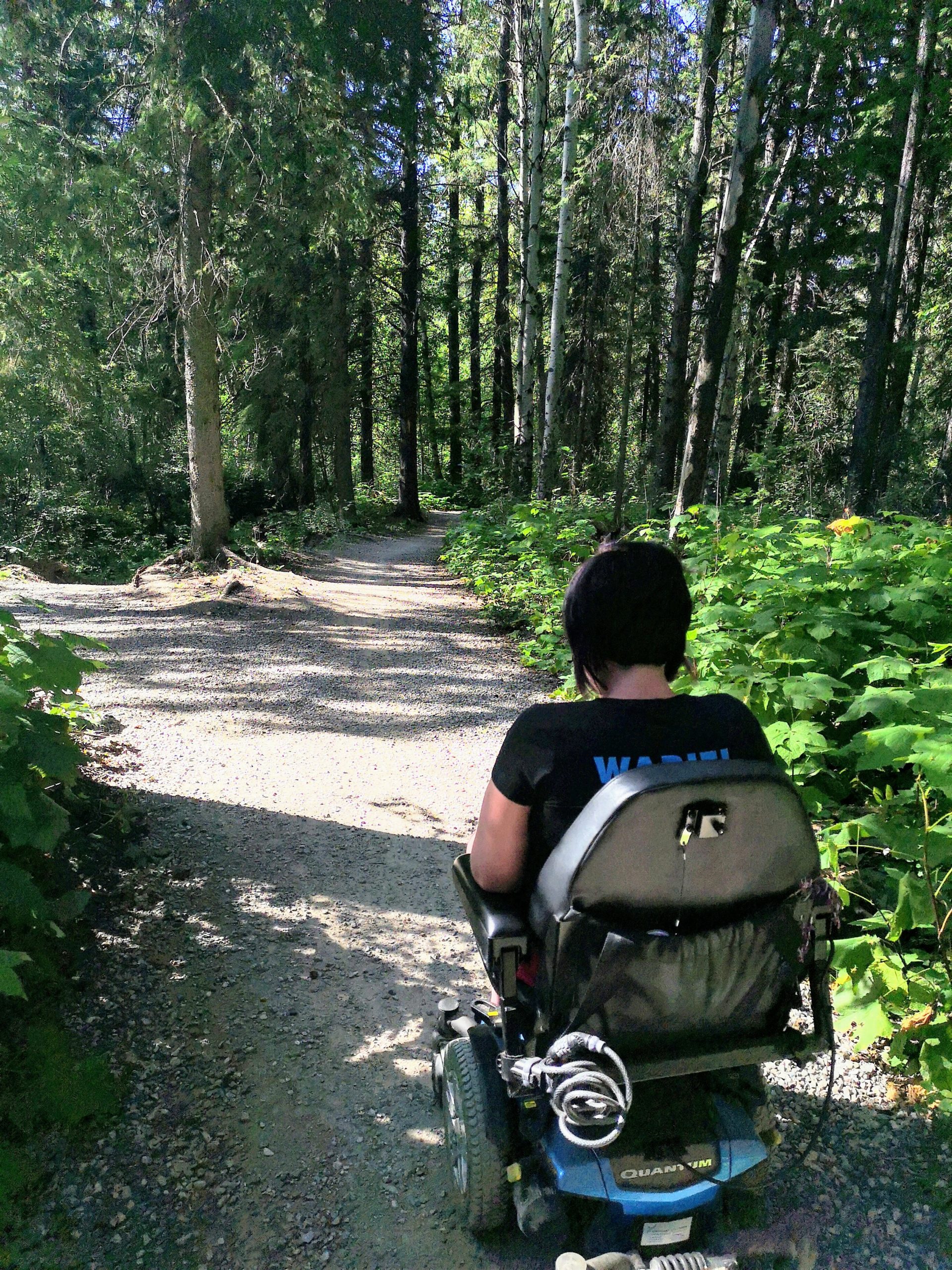Chapter 2 Learning Preferences
2.2 Learning Differences and Challenges
Learning Challenges

Everyone faces challenges in learning at different times and to different degrees. There are many factors that will affect people’s ability to learn. Some are circumstantial (e.g. parenting young children) or environmental (e.g. adapting to a new culture) while others are self-inflicted (e.g. consistently staying up too late), and yet others are barriers that are more challenging to deal with (e.g. learning disabilities). Some are perceived (e.g. confidence). Other challenges for students include: fighting addictions, poverty, abuse, unsupportive partners, grief, discrimination, harassment, and chronic health issues. Whatever the challenge, there are strategies to help you through. It’s different for everyone, but you are definitely not the only student who is dealing with significant challenges. It’s important to identify your own personal learning challenges so that you can identify strategies to overcome them.
Systemic Barriers
Challenges can be inherent in institutions. If things like racism, discrimination, harassment, inclusion, sexual violence, or gender bias are impacting students, they may be struggling with emotional or mental health issues. They may be struggling with feeling safe, feeling respected and valued, being understood, or being accepted. Often students are not aware of how systemic challenges can impede their learning. These kinds of repetitive stressors can cause ongoing problems with memory, retention, and focus.
Most colleges and universities have very well defined policies for discrimination, harassment, and sexual violence. Though the policies exist, it doesn’t mean that the practices and procedures line up with the policies. Often people are unaware of how certain practices can enhance discrimination, for example. If you are being impacted by any of these factors, ask about specified contact people in the school to have a private conversation with. You will be able to learn about your rights and options in a confidential setting, and then you can make an informed decision regarding what steps, if any, you choose to take.
Accessibility
The idea of “accessibility” is an important force of change on college campuses today. Accessibility is about making education accessible to all, and it’s particularly focused on providing educational support to a diverse group of students, faculty, and staff with disabilities. Colleges offer support for those with permanent disabilities (and some temporary disabilities) such as:

- Mobility impairments
- Learning disabilities
- Mental health conditions
- Deafness or hard of hearing
- Visual impairments
- Attention deficit disorder
- Neurological disabilities or head injuries
- Chronic health problems
Accommodations
Those with documented disabilities have special legal rights to certain accommodations. Even those whose disabilities are not diagnosed can receive some accommodations. Accommodations may include, but are not limited to, the following:
- Academic accommodations, like alternate format for print materials, classroom captioning, arranging for priority registration, reducing a course load, substituting one course for another, providing note takers, tutors, recording devices, sign language interpreters, a TTY in your dorm room, and equipping school computers with screen-reading, voice recognition, or other adaptive software or hardware
- Exam accommodations (e.g. extended time on exams)
- Financial support and assistance
- Priority access to housing
- Transportation and access, like wheelchair-accessible community shuttles
Assistive technologies and web-accessibility accommodations are critical in today’s technology-driven economy and society. The following are some examples of assistive technologies:
- Software like Dragon Naturally Speaking, Kurzweil, Zoom Text, CCTV Magnifier, Inspiration Software
- Computer input devices, like keyboards, electronic pointing devices, sip-and-puff systems, wands and sticks, joysticks, trackballs, and touch screens
- Other web-accessibility aids, like screen readers, screen enlargers, and screen magnifiers, speech recognition or voice recognition programs, and Text-to-Speech (TTS) or speech synthesizers
Students in the following video share some of their experiences with the web accessibility.
Video: “Experiences of Students with Disabilities” (length 1:59)
For more information about web accessibility, visit WebAIM (Web Accessibility In Mind).
See the Supporting Students with Disabilities in B.C. Postsecondary Course website.
Most colleges and universities have accessibility coordinators (formerly called disability coordinators). If you know or suspect that you have a learning disability or if you have had significant learning challenges in the past, it would be a good idea to make an appointment with the accessibility coordinator in your institution. It’s best to do this well ahead of starting your program. Often it takes time to do assessments, apply for funding, apply for adaptive equipment or resources, and to develop an educational strategy that will work for you. Of course, you can make an appointment at any time in your program, but sooner rather than later is always a good plan.
Key Takeaways
Facing learning differences and challenges include:
- Recognizing the factors that could impact your ability to succeed in school.
- Identifying and implementing strategies that will help to overcome those challenges.
- Accessing Student Services and contacting the Accessibility Coordinator if you have a disability.
- Recognizing that colleges and universities have many supports available for people with disabilities.
Exercise: Learning Differences and Challenges
Think about the challenges discussed in this chapter, and brainstorm others that may impact you.
- Identify the factors that you feel may impact your ability to be successful in college.
- In what ways could they impact you?
- What are some steps you can take to address these challenges?
Text Attributions
- Text under the “Accessibility” and “Accommodations” headings has been adapted from “Diversity and Accessibility” in Blueprint for Success in College and Career by Lumen Learning, Linda (Bruce) Hill, and Dave Dillon. Adapted by Mary Shier. CC BY.
Video Attributions
- “Experiences of Students with Disabilities” by Jared Smith. Standard YouTube Licence.
Media Attributions
- Usability Accessibility Successful © J. Albert Bowden II is licensed under a CC BY (Attribution) license

